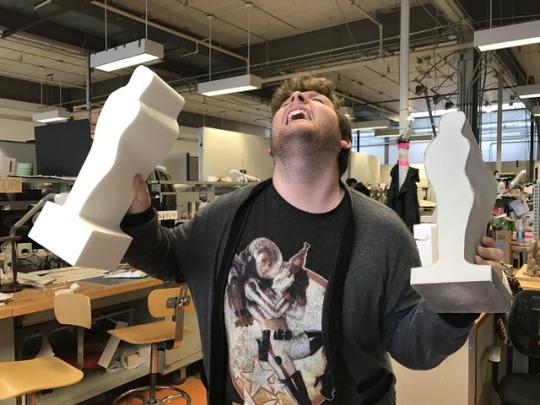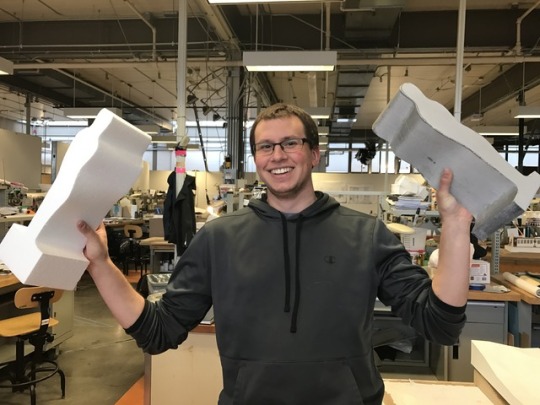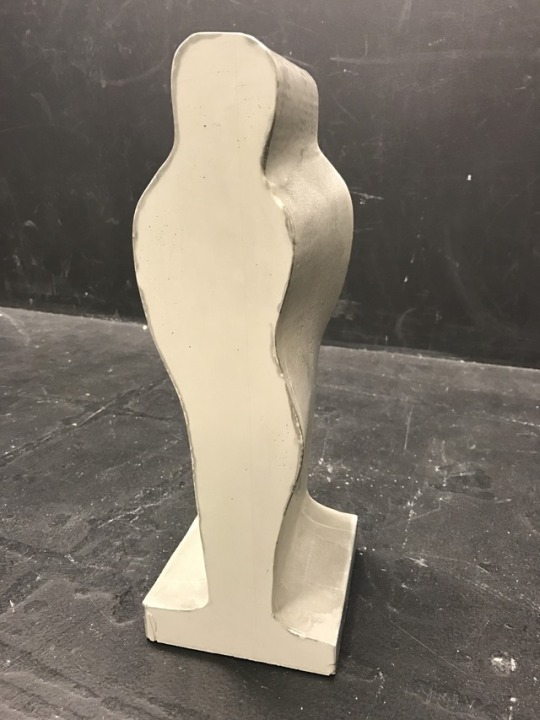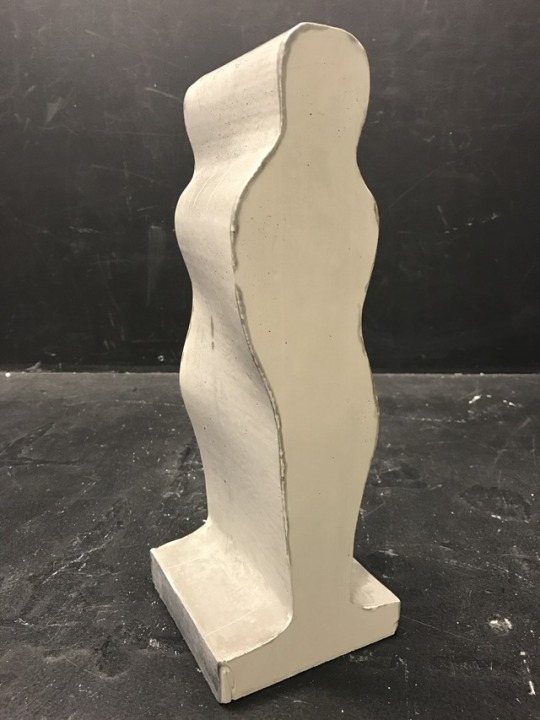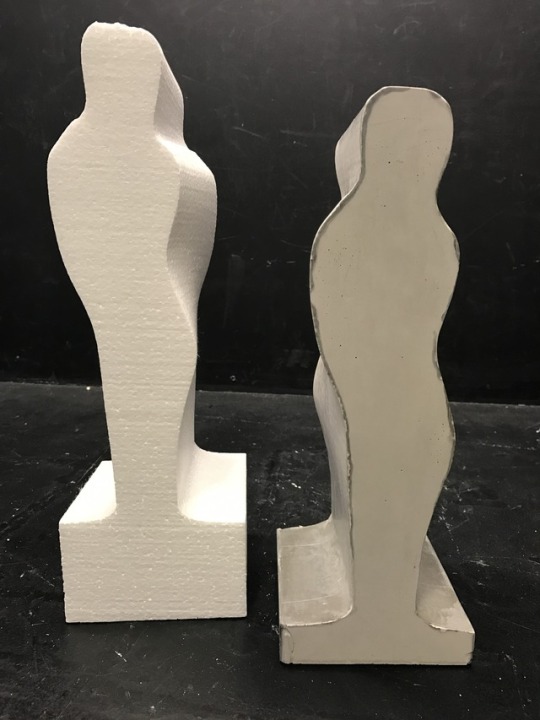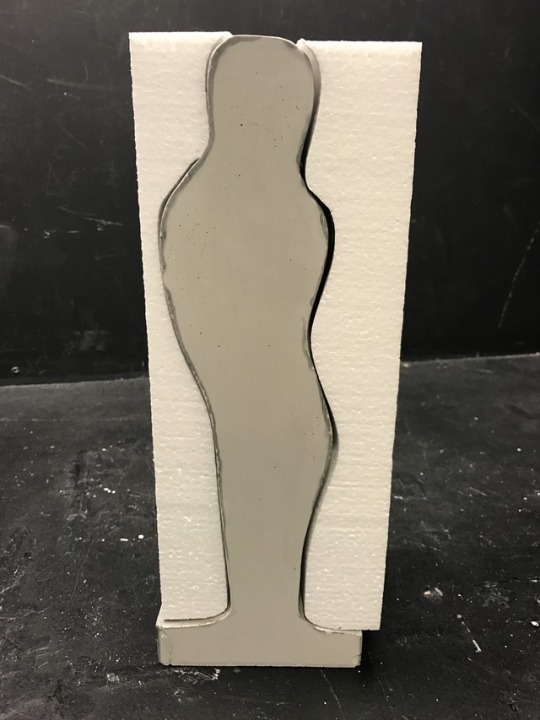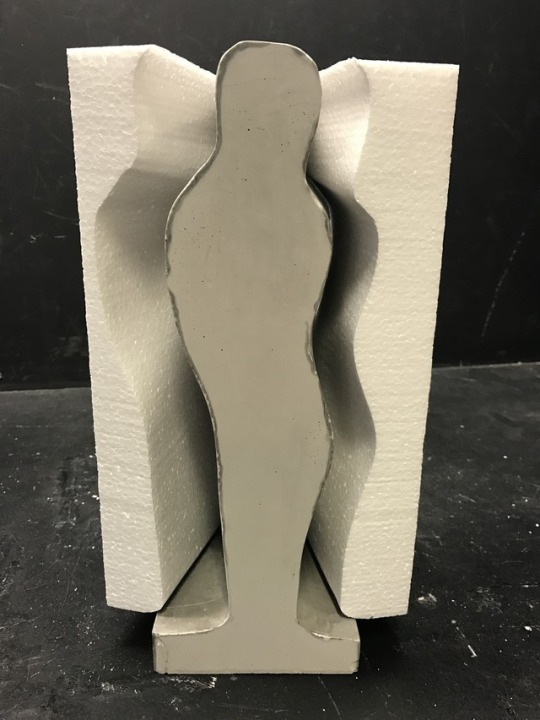Don't wanna be here? Send us removal request.
Text
04.06.2017 Reading Response 10: Situated Knowledges Donna Haraway
New mode of knowledge... All knowledge is socially constructed.
It starts with language and prior knowledge. When something new is found through observation or creation- in any practice- the observer//founder will inevitably be subjective when naming// explaining //representing it during the initial stages. They will be bound by the language that they are speaking, trying to grasp onto a cluster of already known words that attempt to explain this new object (skew 1). They will be hindered by prior knowledge of the steps it took to get them there, considering their understanding of each step was influenced by the subjectivity of it’s founder (skew 2).
All of the individuals who assisted in constructing this computer, those who decided what was most efficient in terms of application and control placement, predetermined all the steps that I took to type this response. The on button, the keyboard, the Desktop, the mouse pad, the control panel, and so on. This is a tangible example of directed understanding that influences the way in which an individual thinks and moves. Moving from simple to complex, when a group of individuals, with similar backgrounds and nationalities, come together to make a decision about the way in which something should be implemented// taught// researched, they are ignoring the importance of Partial Perspective, a term Haraway defines as:
“…having multiple viewpoints that are put into dialogue with one another is what gives our individual knowledge value and worth.”
If ignored, this subjectivity will be a byproduct of cultural philosophies, social standing, etc., which guides knowledge in a particular direction. A direction that is beneficial, most efficient, and seemingly moral in the eyes of that like group (or individual).
The greatest knowledge grows within a mind that recognizes the world as an operating subject that exists with and without humanity. It grows within a mind that does not understand something only through it’s specificity, but also through its summary:
What surrounds this particular thing? What biases have influenced the way in which it is understood? The way in which the things leading up to it were understood?
Within a mind that is able to argue with itself, seeing the good and bad from all viewpoints considered, and recognizing the inevitable bias that not all is or can be understood in the case of anything.
So, we turn to interdisciplinary practices for the truest direction.
On craft networks.
Everything is a piece of the greater puzzle, whether is it recognized or not. This puzzle could never be summarized because it is ever changing, multi-faceted, diversely influenced, and continuously misunderstood. Each digital craft as a piece of this puzzle, as an actor of this endless performance, lends new opportunities and influential possibilities for the direction of the performance. Craft networks as a whole have undoubtedly shifted the screenplay for all of us. So how must we act on this actor? We can start by not resisting it, by understanding the individual digital crafts and how they begin to admix. Then we can begin to focus on how to make the objects we produce through these digital crafts the most inclusive as possible through partial perspective.
1 note
·
View note
Photo
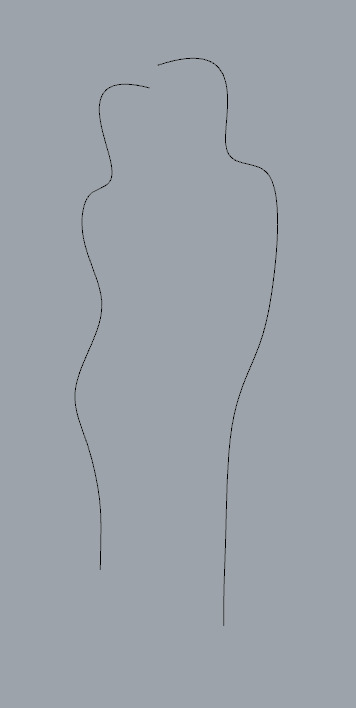
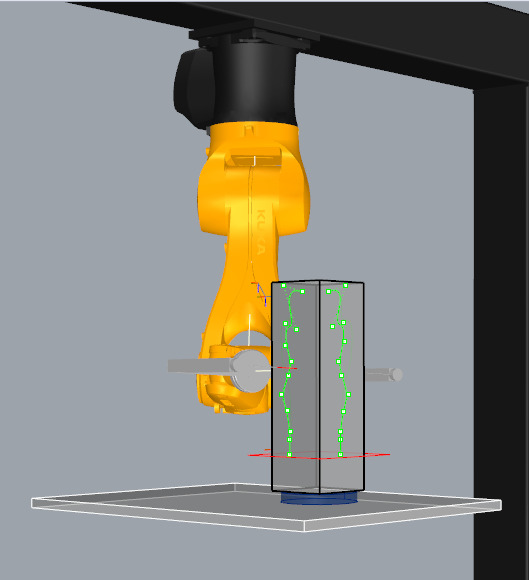
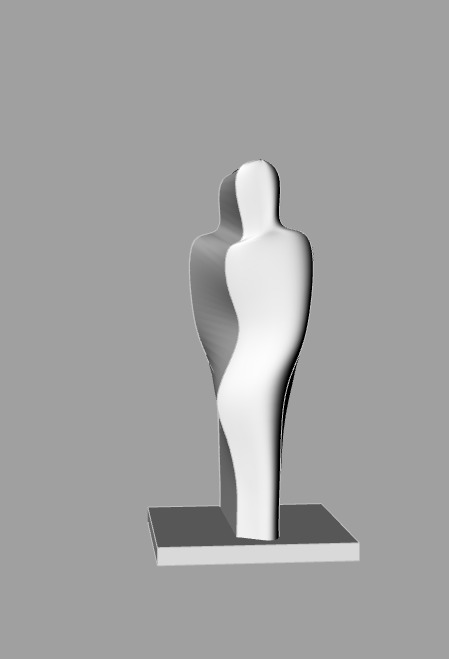
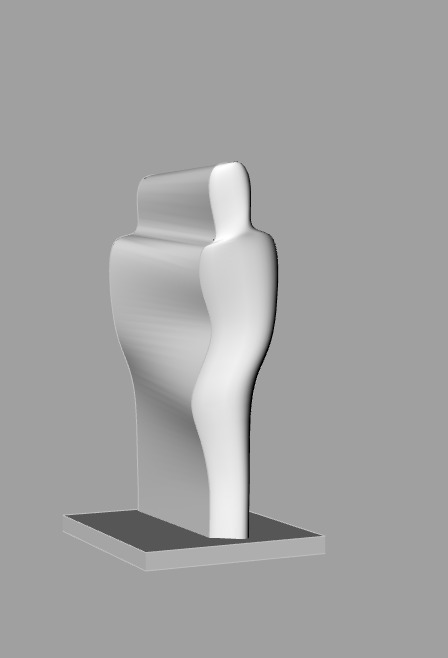
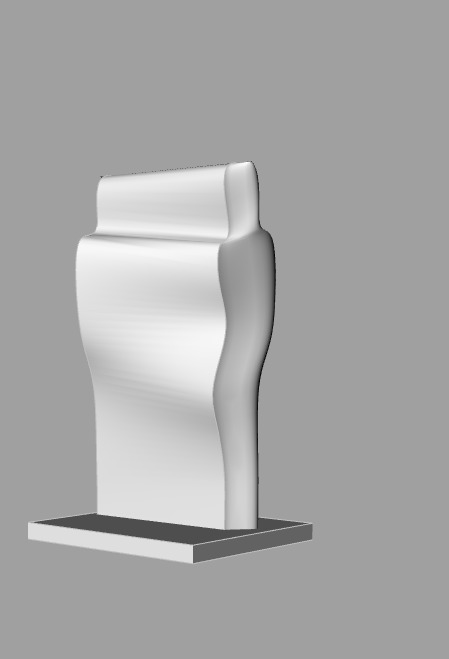
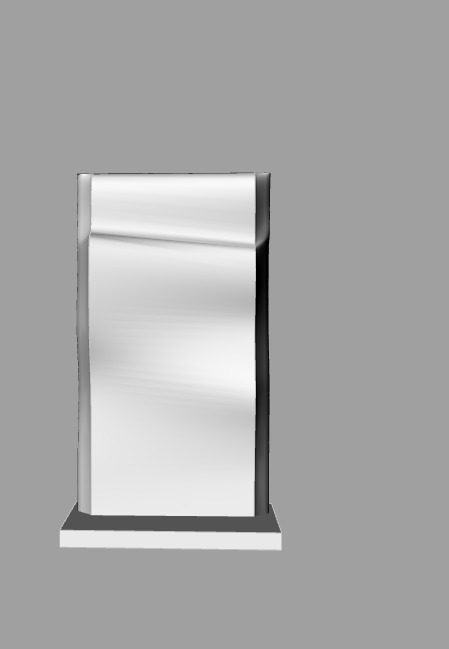
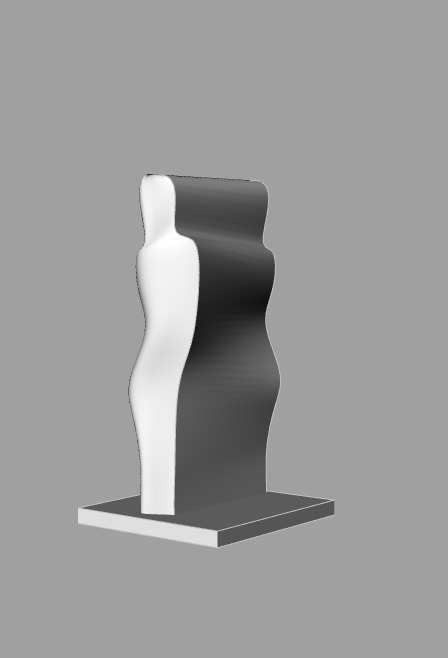
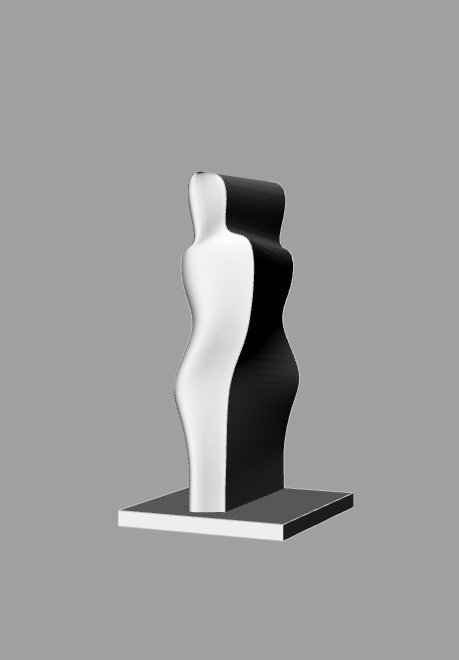


04.05.2017 Exercise 7 Part 1
Stephanie Wagner, Ben Wichman, Michelle Bonin, Jordan Cummings
After iterating on a few ideas, we decided to cut and cast the form that is pictured above. We morphed together a man and a woman, mirrored the form, and set it face-to-face to its backwards twin. Lofting the curves created a really interesting form that shows a 360 degree view of how the two contrasting bodies begin to admix.
3 notes
·
View notes
Video
tumblr
Exercise 7~
Stephanie Wagner Ben Wichman Michelle Bonin Jordan Cummings
1 note
·
View note
Photo



03.30.2017 Exercise 6 Part 2
Dancing with Rhinos Dancing with Grasshoppers Dancing with Robots
This week, we created a tool path in Rhino that could be simulated through the plugin Grasshopper. This plugin allowed us to first digitally see the path that the Kuka robot would be taking, in order to prevent any errors with the physical robot in the last step. The top left photo is the single line drawing that I chose to recreate. The dancer had to take many steps with Rhino and Grasshopper (pictured on the top right), until it was ready to be recreated through a single line of light through Kuka, which is pictured on the bottom.
2 notes
·
View notes
Text
03.29.2017
Reading Response 9: The Jig, The Nudge, and Local Ecology Matthew B. Crawford
The subconscious jig.
Routines are the most simple form of the jig. This allows an individual to get out of bed, get dressed, make a cup of coffee and drive half way to work before their eyes are completely open. It is the subconscious knowledge of the spatial arrangement within one’s home that allows this. When the individual has to remember something that is not routine for them, they begin to externalize their thoughts- using the jig in a different way. For example, Sally must remember to bring her staples to the office tomorrow, but she is already in bed, she then offsets her morning routine in some way to remind herself about the staples. Once the individual arrives to their office, a new, more conscious, jig comes into play. Proper mental sequencing leads to organized physical- or digitized- objects when the amount of information becomes too excessive for the brain. The moment that the brain recognizes that the amount of information will be too much to easily remember, it naturally begins to play games with itself- repetition, visualization, even quantification or rhyming until it can begin to physically spatialize the information in order to mentally let it go. This internalized jig is the step between the thought and the externalized jig. The goal is always to let go of the superfluous thought and only be left with the necessities. I am interested in the mental, the internalized jig. The internalized system humans use to make their lives easier:
it is difficult for a student to merely remember the order of operations: Parentheses, Exponents, Multiplication, Division, Addition, Subtraction, and so they remember PEMDAS. They remember “Please Excuse My Dear Aunt Sally.”
The internalized jig is a cultural and social production. Considering the way in which someone who lives in the city would give directions compared to someone who grew up in a small town, the way in which they understand influences the way in which they portray. And the way that the individual who needs the directions interprets, and mentally sequences the portrayed information depends completely on the way they themselves understand and explain directions.
0 notes
Video
youtube
03.23.2017
Reading Response 8: Robot Technology Fundamentals James G Kermis
"Automation reduces unit cost and increases volumes of sales, which creates jobs on other products, and ensures better quality of life.” Who is defining quality of life in this context, and can the term be thought of universally? Is it the same people who claim that: “The two reasons for selecting a robot to operate in a production line are first to reduce labor costs, and second to perform work that is boring, unpleasant, or hazardous for human beings.” First to reduce labor costs? Second to reduce unpleasant, boring and hazardous work for human beings? Is this coming from company owners, or the workers? First to reduce labor costs. Keramas makes clear that our industries need robots in order to stay in the global game, and this is true. Reduce cost, boost number of sales; feed the economy. But is the first goal to improve the quality of life for human beings? Or make the rich, richer? Moving towards the application of robots for jobs in the future is where it becomes alarming, “the current and possible future applications of robots are moving in the direction to provide us with more and more capabilities like those of humans.” Responsive robots. When the human and the robot can work together, they are able to each bring forward what the other one lacks: creativity, and rapid production. But why would the robot begin to take on the qualities of a human, when robots were invented to free the human of robotic work?
0 notes
Photo






03.16.2017 Exercise 6
This week, we were introduced to Kuka 60; a robotic arm in the Fabrications Lab at Taubman. Each of the students took turns guiding the arm through a 3D maze that was made out of wood. Then in rhino we guided the arm digitally, by setting up a system in grasshopper (bottom photo) that asked the arm follow the path of the shape I drew. The shape I drew can be seen in the first photo and the steps the arm took to draw it can be seen in photos 2,3, and 4.
1 note
·
View note
Photo




Exercise 5 Part 2
Michelle B, Haley C, Yasha S, Nathan F
Using the Grasshopper definition was relatively strait forward until it came to fixing the overlaps created by the definition and trying to layout the cut lines on the stock. To make the cuts fit on one sheet we separated the form into 4 pieces. We also removed the bottom so that we could easily place the cover over our milled surface. When folding and gluing the pieces together, we found that it was difficult to glue all pieces together because some of the score marks were made on the wrong side. So, we left the cracks on the cover to allow momentary glimpses of the milled surface beneath.
2 notes
·
View notes
Text
03.09.2016 Reading Response 7: The Degeneration Effect- Nicholas Carr If I found a mouse in my apartment that could cook and do the dishes, I would keep him. I would no longer be cleaning nor doing dishes everyday, which would allow me to devote my time to something else- lets say, Digital Fabrications. While overtime I might lose knowledge in those mundane chores, I would gain knowledge in an area much more complex and opportune. And my reading responses would be much better. By putting thought and time into the unknown and complex, humans advance. The unknown becomes common knowledge, the complex becomes simple, and the cycle repeats.
But what happens when humans become mice to the computer? Routine eye movements and routine finger clicks; we plug in our inputs, and let the computer think so it can output the “hard stuff”. This causes a hierarchy where the digital robot sandwiches the human, doing the most simple work as well as the most complex. And we trust it, naively. Which is why a student can take a Trigonometry exam, without realizing the entire time that their calculator was in degree mode instead of radian mode. Oops.
This reinforces Carr’s point when he says, “Automation tends to turn us from actors into observers.” We don’t write out the problem or even really think about it, we memorize an equation - that our calculator will understand (whew) - and we plug it in. We see an equation, it is input into our mind, we plug in the numbers, and we output it by hand into a calculator where it is input into the system, yielding a final answer that is output onto the screen. Input -> Human Mind -> Output -> Humans hand -> Input -> Computer -> Output -> Computer
If you don’t want to be replaced by a robot, don’t act like one...
So then we see the importance of the generation effect, which “requires precisely the kind of struggle that automation seeks to alleviate.” Although more time consuming, it creates a deeper understanding of the subject being practice as well as strategical thought. Carr ends in saying, “When automation distances us from our work, when it gets between us and the world, it erases the artistry from our lives.” This urges me to focus more than ever on the aspects of life that cannot be truly recreated by the digital realm: Emotion, Improvisation, and Imagination. I suppose that is what makes us human... to feel, to think, to dream.
0 notes
Photo





03.07.2017 Exercise 5 Part 1 Michelle Bonin, Haley Command, Nathan Fishstick
This week, we had to convert a surface into a solid. By using the digital programs Rhino, we were given a solid form that was then to be manipulated by the digital program Grasshopper. By moving the maximum angle of the curve, the surface of the solid began to change form. We chose this form because it was varying in elevation and angular distance. The milling process unexpectedly took about 6 hours from start to finish, due to file set up and machine malfunctions. For this reason, the digital file that showed the model in 3D did not exactly match up to the final product (some pieces were not cut out at all, resulting in shallower valleys). Moo
4 notes
·
View notes
Text
02.23.2017
Reading Response 7: Manufacturing Material Effect Branko Kolarvic
Branko Kolarvic, a professor at University of Calgary who teaches design and courses related to the integration of digital technologies in architecture, provides multiple definitions of craft, in his essay Manufacturing Material Effect: Rethinking Design and Making in Architecture. He begins with a broad definition of craft, a quote from Renzo Piano noting it as something that can be done with any tool as long as it yields a continual iterative process. He then explains craft through the lens of parametric design, where form is discovered through constant digital transformations that allow a range of possibilities to be uncovered and manipulated at a rapid rate. He transitions then to the craft in digital fabrication that is similar to that in parametric design, but with a specific emphasis on the “material outcomes at the earliest stages of design”. Kolarvic brilliantly blends the commonalities between the two forms of digital craft towards the end when he pulls forward the economy of method. Here, he summarizes it: “less effort, less machine time, less material, less waste,” and furthers his point by expressing that digital design allows for, “ complex effects [to be] achieved through simple means.” This essay lays out a process that maximizes the potential and benefits of digital craft by reiterating the importance of digital design knowledge through experience and dexterity. Once one understands the parameters of parametric design and digital fabrication, they can effectively manipulate the generative system and rapidly iterate on their complex ideas through simple means. It is not only the simplicity and speediness of the iteration process in the digital realm that makes it effective, but also the multiple unexpected discoveries that come from it. One can be a craftsman in digital design only when they understand its processes, and the benefits and drawbacks that come along with it- like that of craft for any medium.
0 notes
Photo



Exercise 5. 02.23.2017
This week we had to convert a surface into a solid by manipulating curves drawn in Rhino through Grasshopper. By increasing the maximum angle, I was able to observe how the top surface of the solid evolved from a simple, nearly smooth form to a complex, choppy one. I was intrigued by the dramatic change in form because it allowed me to discover new possibilities that I had not anticipated.
1 note
·
View note
Photo

02.16.2017
Reading Response 6: Digital Fabrications Architectural and Material Techniques- Lisa Iwamoto
Lisa Iwamoto, a professor of architecture at UC Berkley college, complies a body of work by notable architects and young professionals who have contributed in exploring the possibilities of and, experimenting with, digital fabrication. She considers digital practice a way to narrow the gap between design and construction, emphasizing that rapid advancements in design will naturally follow. The projects that Iwamoto references in this article range from Le Corbusier’s Ronchamp (specifically noting the method of construction and cladding), to Gehry Partners Disney Concert Hall (mentioning the reasonably priced alternatives of digitally designed unique pieces from mass produced elements). The laser cutter, specifically, has served as a pathway from traditional means of design construction to “design build experimentation at a 1:1 scale”. Initially used as a tool to efficiently produce small scale pieces for model making, it wasn’t long before the laser cutter was being used as a tool yielding “full scale design building technique”. I understand the criticisms of digital design- before this reading, I considered it essentially separate from traditional design. However, Iwamoto changed this way of thinking by mentioning Fredrick Kiesler’s project: Endless House (pictured above), whose plans were originally presented in Vienna in 1924. Digital design yields effecient and nearly seamless construction, allowing once “impossible” projects to be created promptly at a reasonable cost. By embracing digital design as an aid to process, architects are given limitless possibilities; allowing purely conceptual projects to be imagined and constructed in the real world. A digital medium allowing the production of our most organic designs. How ironic.
3 notes
·
View notes
Video
tumblr
02.08.2017
Exercise 4b. Michelle Bonin, Haley Command, Jordan Cummings, Stephanie Wagner
This week we cut the tabbed surfaces (that we created in Exercise 4 last week) on the Zund Cutter. We chose to go with a design of the form and its inverse, and we also added alternating slits on the surfaces of the pieces in hopes to create an interesting light effect when illuminated from the interior.
2 notes
·
View notes
Photo




02.08.2017
Exercise 4b. Michelle Bonin, Haley Command, Jordan Cummings, Stephanie Wagner
This week we cut the tabbed surfaces (that we created in Exercise 4 last week) on the Zund Cutter. We chose to go with a design of the form and its inverse, and we also added alternating slits on the surfaces of the pieces in hopes to create an interesting light effect when illuminated from the interior.
3 notes
·
View notes
